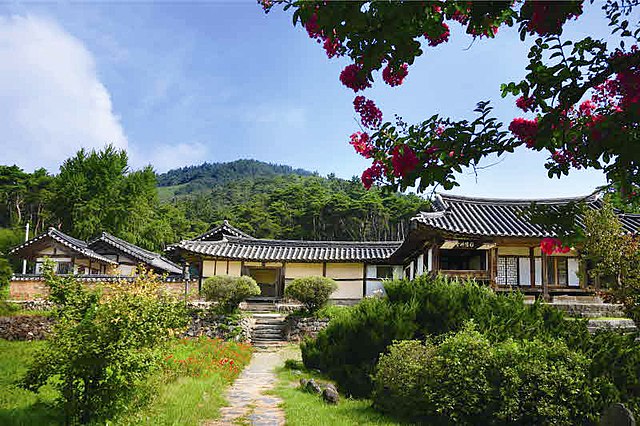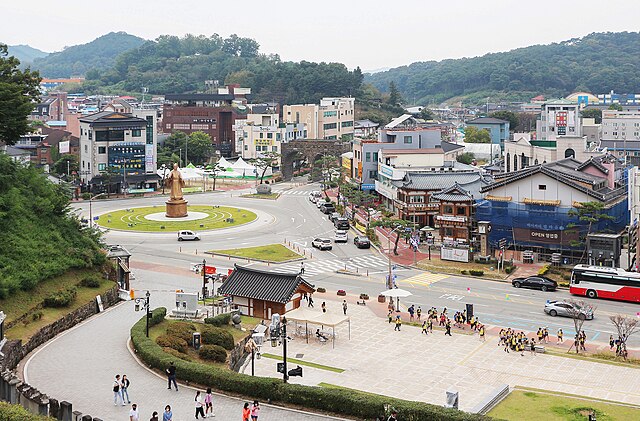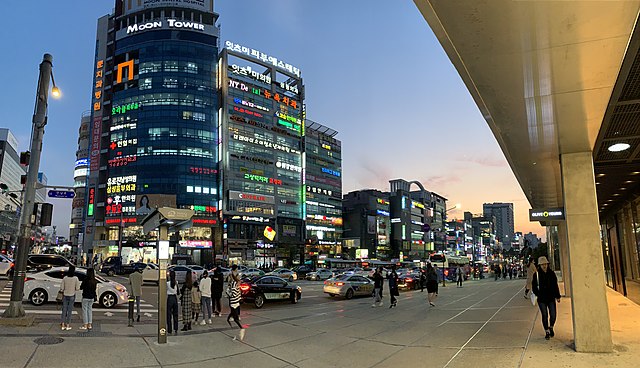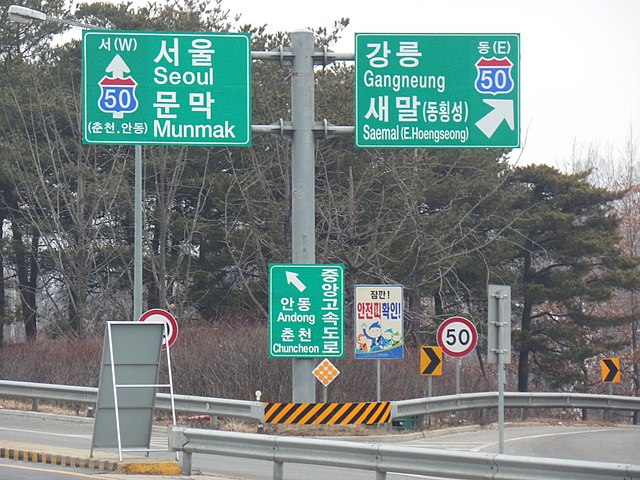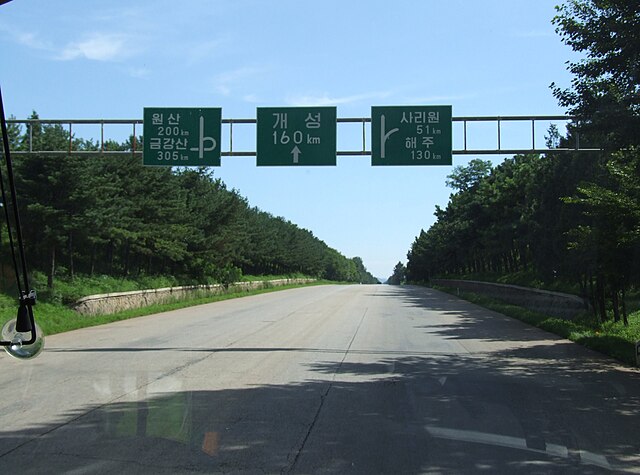South Chungcheong Province
South Chungcheong Province, also known as Chungnam, is a province of South Korea in the Hoseo region in the southwest of the Korean Peninsula. South Chungcheong borders the provinces of Gyeonggi to the north, North Chungcheong, Sejong Special Self-governing City, and Daejeon Metropolitan City to the east, and North Jeolla to the south.
Image: 논산 명재 고택
Image: View of Gongju 01
Image: Port of Pyeongtaek Dangjin (South Korea) 평택당진항
Image: Sinbu Dong
Korean is the native language for about 81 million people, mostly of Korean descent. It is the official and national language of both North Korea and South Korea. The language has notable differences in each of the Koreas, in part owing to different official standardizations of the language. They are still largely mutually intelligible, however. South Korean newspaper Daily NK has claimed North Korea criminalizes the use of the South's standard language with the death penalty, and South Korean education and media often portray the North's language as alien and uncomfortable.
The oldest Korean dictionary (1920)
The Latin alphabet used in romanization on road signs, for foreigners in South Korea
Highway sign in Korean, Reunification Highway, Pyongyang, North Korea
Highway sign in Korean and English, Gyeongbu Expressway, Daegu, South Korea

